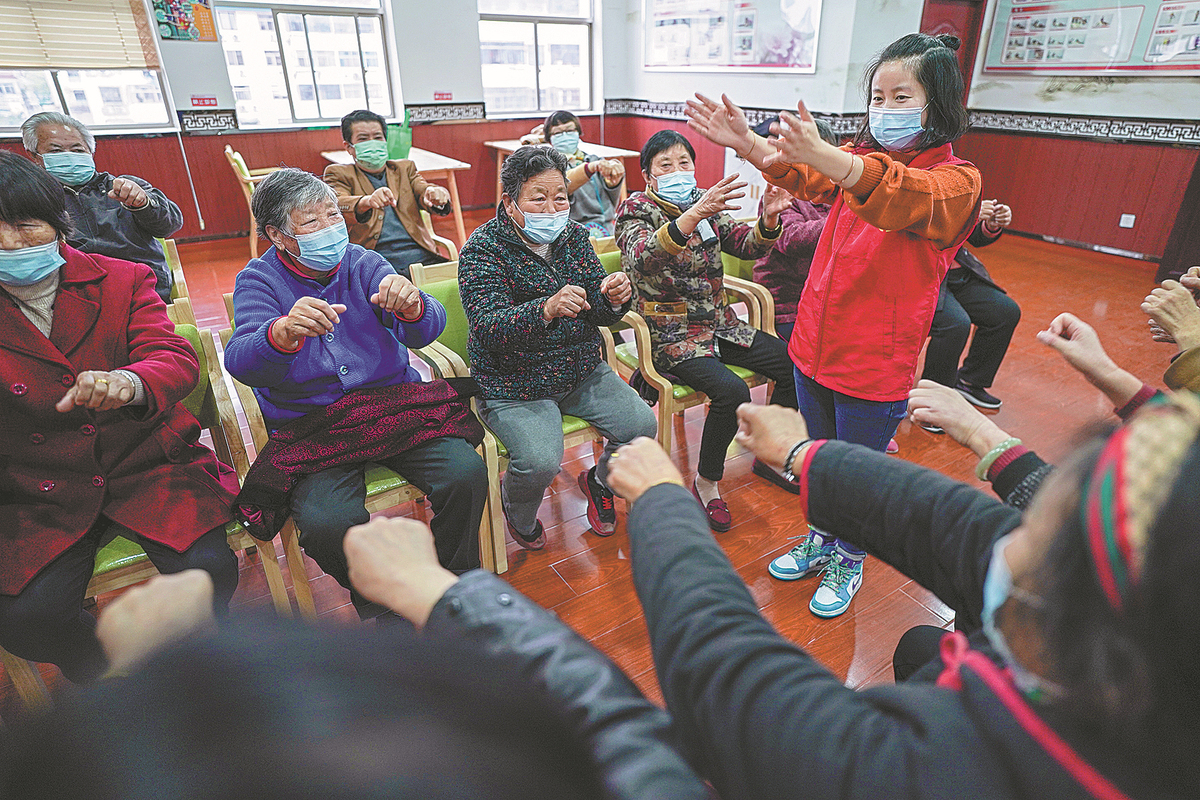Authorities mull measures to address aging population


Moves may include the gradual raising of the national retirement age and changes to the ways senior care is funded. Li Lei reports.
As officials wrapped up 12 months of work and planned for the future at closely watched meetings that marked the end of the year, issues involving older people came under the spotlight.
Data published by the National Health Commission in October showed that 267 million people, or 18.9 percent of the population, were age 60 and older.
That meant every 100 working-age Chinese was supporting 20.8 pensioners age 65 and older, double the number a decade ago. The increased burden was noted by officials who met last month for the annual Central Economic Work Conference, where China's economic policies for the coming year were decided.
The participants decided to "safely" advance the building of a national unified pension fund system this year and raise the retirement age gradually and at "an appropriate time" as part of broader efforts to strengthen the social safety net.
Unified pension
In February last year, the Ministry of Human Resources and Social Security announced that the country had finished building a unified pension fund, which was originally started in the 1990s and had been operated by local authorities at different levels.
The segmented pension fund has had problems balancing the budgets in less-developed inland regions due to a shortage of contributors and growing numbers of retirees. That's because large numbers of younger people migrate to wealthier coastal provinces, lured by better salaries, and contribute to the fund in their new locality.
Ministry of Finance data show that the fund's deficit topped 130 billion yuan ($18.6 billion) last year in the northeastern Rust Belt provinces of Liaoning, Jilin and Heilongjiang, forcing the central government to cover the shortfall.


















